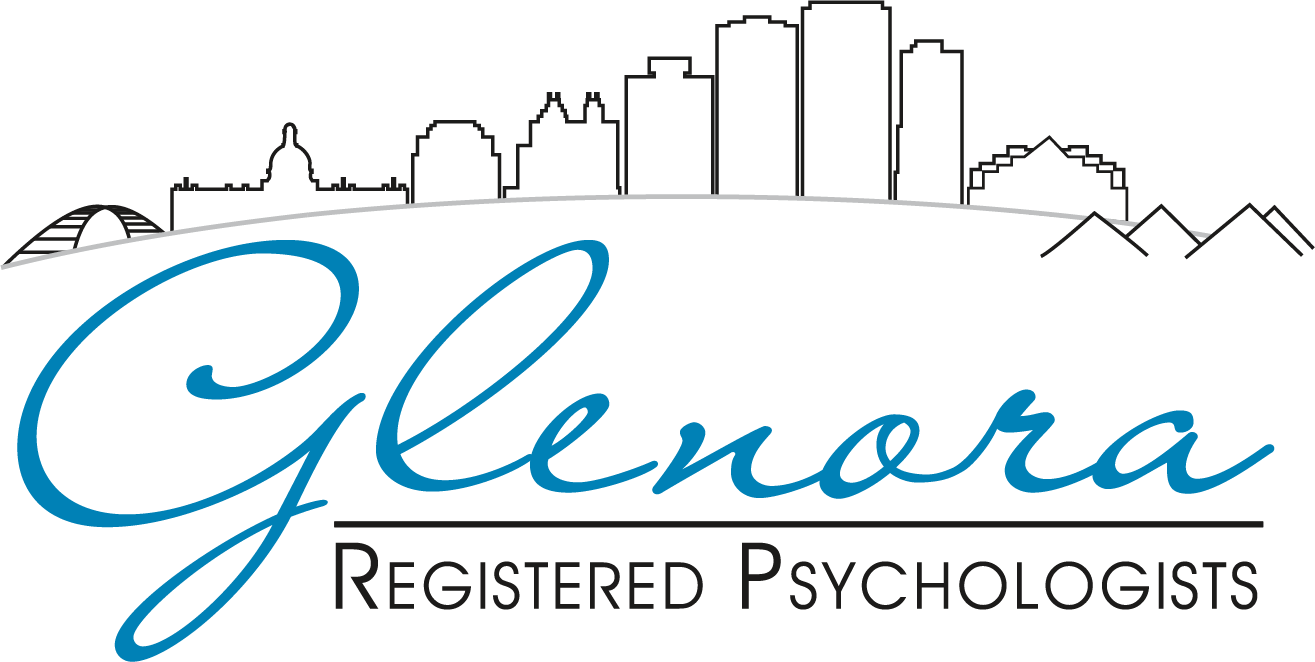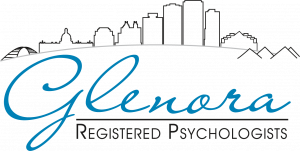Being able to relax is one of the most important skills you can learn. Most people are familiar with the term “fight or flight” which is a part of the stress response. This is a description of how the body and mind react to imminent danger. The brain triggers the adrenaline system to drive us to take action to deal with a perceived threat. Our breathing increases to take in more oxygen, our heart rate increases, and unnecessary bodily functions shut down. All of our important senses and survival instincts are heightened.
The stress response helps us to rise to many challenges. The problem is that the stress response can begin to be provoked by non life-threatening events like day to day conflicts, money problems, relationship issues, time pressures, and work overload. In other words, the trouble starts when the adrenaline system gets switched on and stays switched on. There is no outlet for the adrenaline because the “threats” are often psychological and not physical danger. This will have the same effect on your body as when you step on the gas in your car and kick the engine into overdrive. If your car engine is in overdrive most of the time, the engine will quickly burn out.
Physical and psychological health problems result from a persistent stress response. Chronic anxiety leads to sleep problems, irritability, explosive anger, an exaggerated startle response, increased conflict with others, depression, paranoia, and insecurity. Physical health problems include high blood pressure, heart disease, weight gain, and problems with short-term memory, focus and concentration. Chronic stress results in a suppressed immune system leading to increased susceptibility to illness. Many people try to switch off their adrenaline system by self-medicating and abusing drugs or alcohol.
Persistent stress is a killer. Your physical and mental health and the quality of your life depend on your ability to learn how to invoke the “relaxation response”. This technique was developed almost thirty years ago by cardiologist Dr. Herbert Benson at Harvard Medical School. The relaxation response is the opposite of the stress response. It is a state of profound relaxation that can be elicited in many ways. It works – you cannot be relaxed and stressed at the same time!
The two most common ways of invoking the relaxation response are through deep breathing and progressive muscle relaxation.
Deep Breathing
- Focus your mind on your breath.
- Breathe deeply and slowly through your nose in a controlled manner.
- Fill your lungs to the point where your belly rises. Put your hand on your belly and feel it rise. You will be surprised at how deeply you need to breathe in order to have your belly rise.
- As you breathe in, slowly count to four or five.
- Pause for a moment at the end of your breath and then slowly release the air through your nose as your belly drops first and then your lungs and your diaphragm. Count to the same beat on your exhale.
- Pause again when you have emptied your lungs and before you take the next slow, deep breath.
- Practice deep breathing for several minutes, keeping the same rhythm. Let your breath become like a wave that gently and deeply moves in and out.
- Pay attention to how you feel and notice how as you breathe fully, your whole body starts to relax, settle down, and open up.
You may think this sounds simple but it is not. Most of us breathe in the upper part of our chest and our breathing is shallow. Shallow breaths do not bring adequate amounts of oxygen into the body nor do they clear out the stale air in the lower part of our lungs. Shallow breathing increases tension and anxiety.
The full, complete breath into our belly engages the diaphragm which is a strong sheet of muscle that divides the chest from the abdomen. As you breathe in and out, your diaphragm lifts up creating space in your chest and then presses back against your lungs, helping to expel carbon dioxide. With one deep breath, you get rid of the toxins, oxygenate your body, and the whole core of your body gets a workout including your major organs. With increased oxygen, your heartbeat slows and your blood pressure decreases. Your body is relaxing and your major organs are allowed to work fully and naturally.
The more you practice deep breathing (preferably twice a day), the more readily you will be able to invoke the relaxation response in your body. You can also add a mantra to help train your body and your mind. For example, as you inhale, try repeating a phrase to yourself, such as, “Breathing in peace and calm”. As you exhale say, “Breathing out and letting go”.
You can practice this anytime and anywhere – while in a meeting, while driving, before you go to sleep, while watching a movie, or even in the shower. The important thing is to do it on a regular basis so that your body learns how to switch off the stress response instead of making it an unconscious habit or way of life.
Progressive Muscle Relaxation
So many people carry their tension in the large muscles of the body. The long-term result is often chronic pain and fatigue. Progressive muscle relaxation enables you to relax your muscles through a simple two-step process. First, you systematically tense particular muscle groups in your body, such as your neck and shoulders. Next, you release the tension and notice how your muscles feel when you relax them.
Here are some simple steps to progressive muscle relaxation:
- Find a quiet, comfortable place to sit or lie down.
- Close your eyes and let your body go loose.
- Start by taking at least five full deep breaths just to focus and to begin to relax.
- Start at your toes and tense a group of muscles (i.e. your feet).
- Hold the tension for about five seconds and then release it.
- Notice the difference between the feeling of tension and the feeling of loose limp muscles. You can visualize your loose muscles as being like cooked spaghetti.
- Stay relaxed for a few seconds and then move up to the next group of muscles (i.e. up to your knees).
- Keep following this process until you have tensed and released all of the muscles in your body, including the muscles in your face, tongue, jaw, and your head and even your scalp.
- Once you have tensed and relaxed all of your body, stay in this relaxed state for a few moments and notice how wonderful it feels. Your body will feel light, loose, naturally at ease, and gently but strongly connected. Your goal is to keep your body in this state for most of the time, except for those times when you truly need muscle tension to complete a physical task.
Just like when you practice deep breathing, progressive muscle relaxation is a process of training your body to invoke the relaxation response. For the first few weeks, practice this twice a day. The more you practice, the quicker your body will respond with the relaxation response when you really need it. This is a great exercise to do before you go to sleep at night and its okay to fall asleep during the process. If you fall asleep, you have certainly achieved your goal of being relaxed!
Shirley Vandersteen, Ph. D., R. Psych.
Consulting Psychologist


